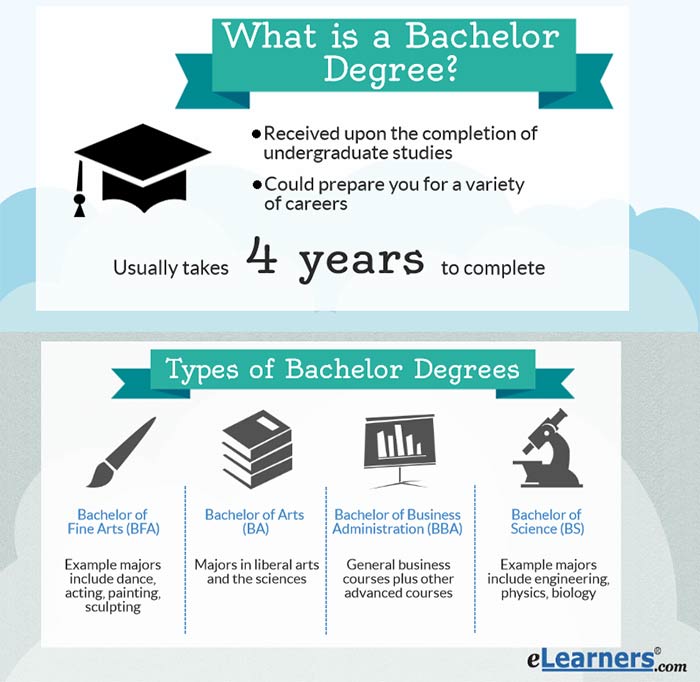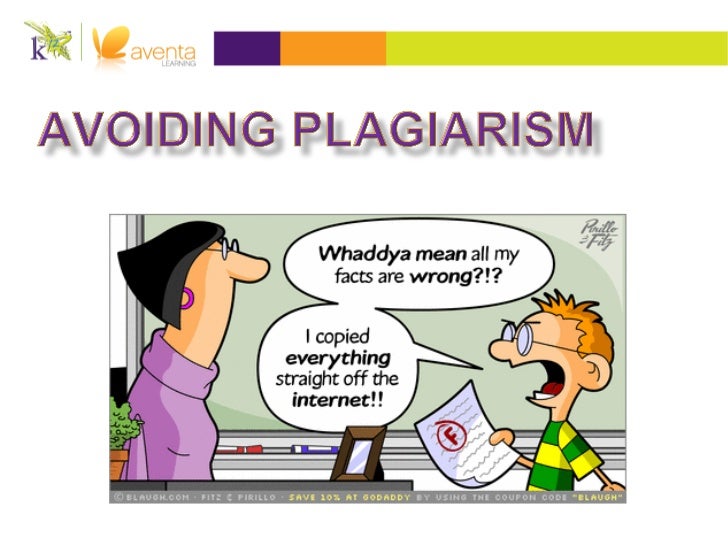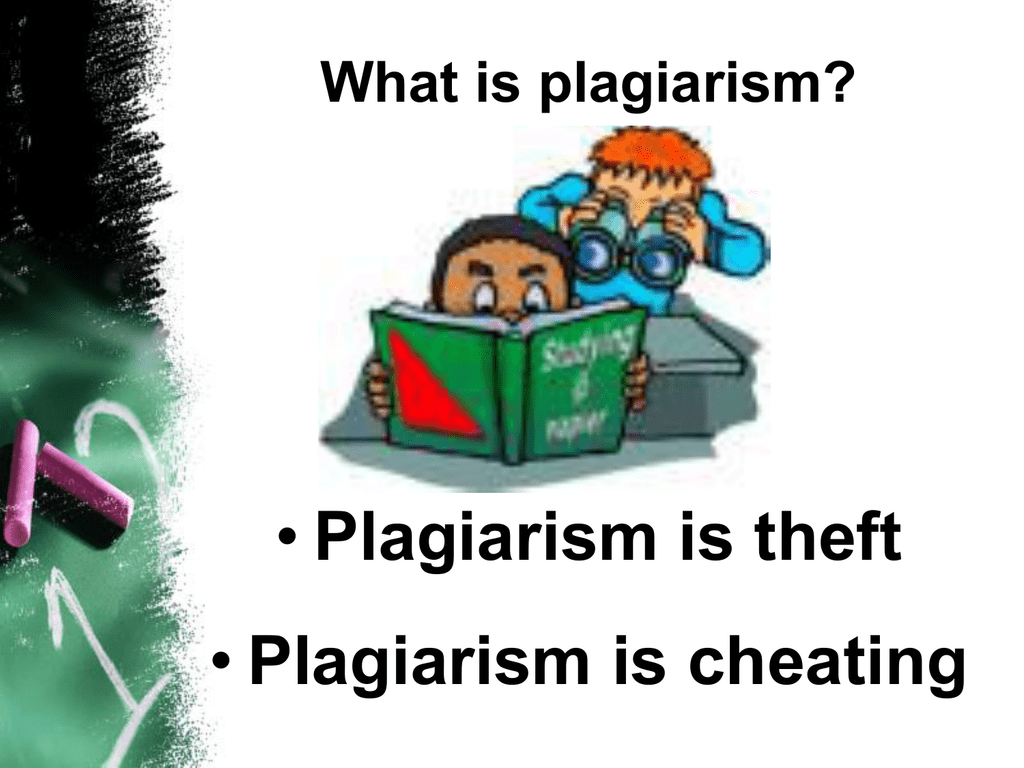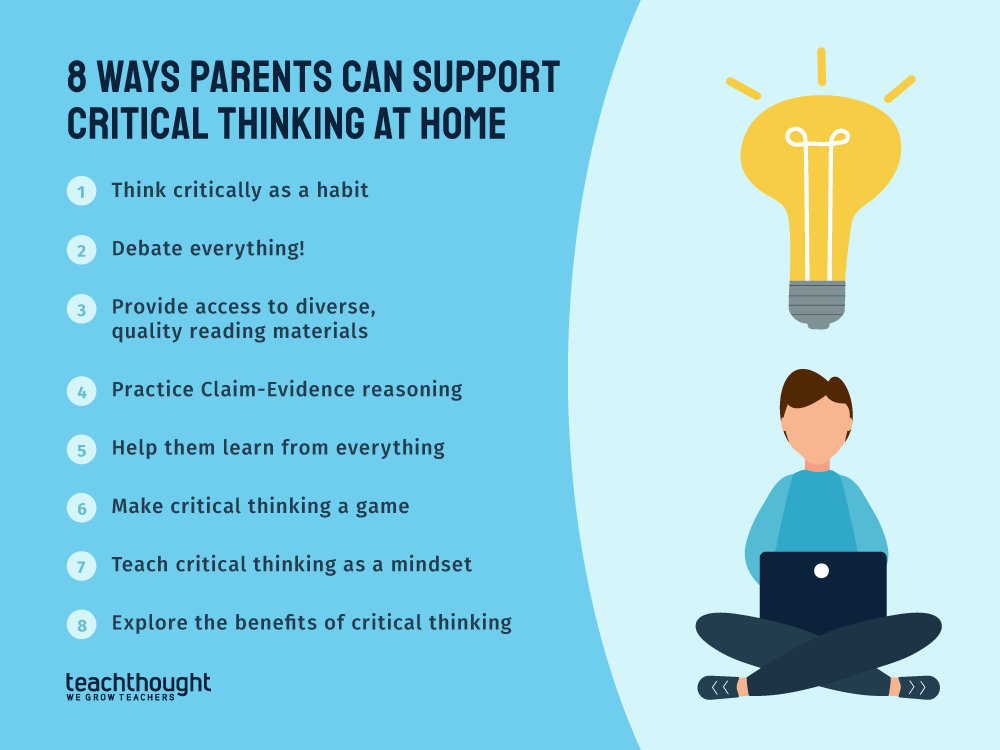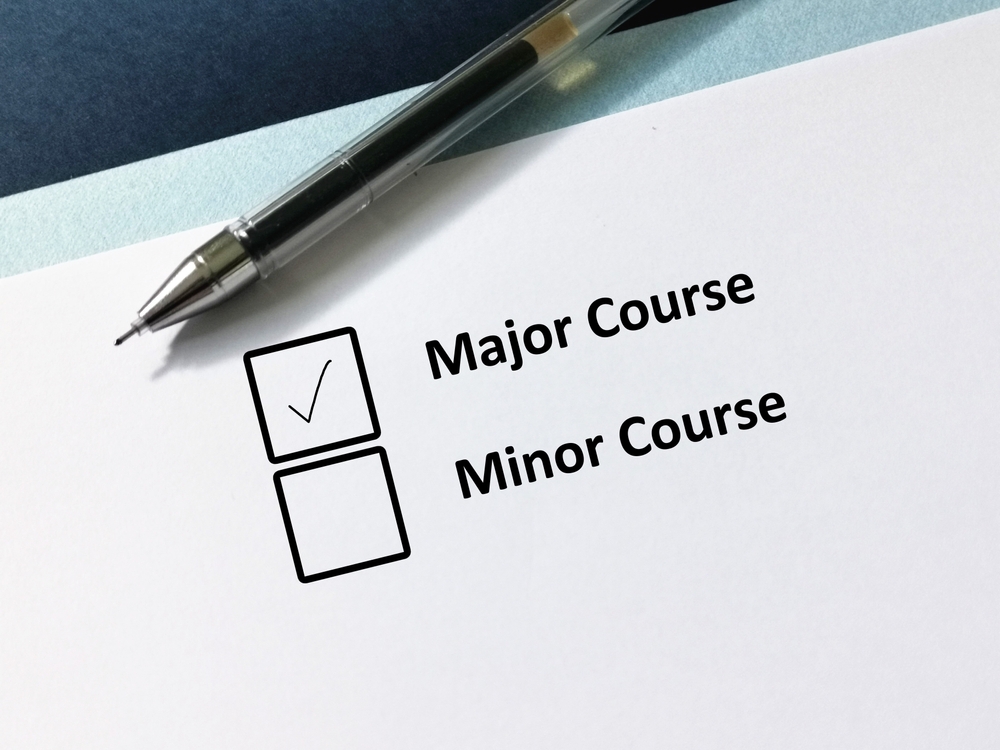How to improve critical thinking skills in higher education? It’s a question plaguing educators and students alike. In today’s complex world, the ability to analyze information objectively, form reasoned judgments, and solve problems effectively is more crucial than ever. This isn’t just about acing exams; it’s about developing a mindset that empowers you to navigate life’s challenges with confidence and clarity.
We’ll explore practical strategies, address common obstacles, and uncover the long-term benefits of sharpening your critical thinking skills, transforming your academic journey and beyond.
From understanding the core components of critical thinking within a university setting to overcoming barriers like ineffective teaching methods and assessment strategies, we’ll delve into effective techniques for cultivating these essential skills. We’ll examine active learning techniques, explore the role of instructors in fostering critical thinking, and discover how to integrate these skills across various subjects and assignment types.
This isn’t just a theoretical discussion; we’ll provide actionable steps and real-world examples to help you – and your institution – cultivate a generation of critical thinkers.
Defining Critical Thinking in Higher Education
Critical thinking isn’t just about being able to argue well; it’s a fundamental skill set crucial for navigating the complexities of higher education and beyond. It’s the engine that drives intellectual growth, allowing students to analyze information, form reasoned judgments, and solve problems effectively. In the university setting, this skill becomes paramount, as students are challenged with complex ideas, diverse perspectives, and vast amounts of information.
Mastering critical thinking equips them to succeed not only academically but also in their future careers and personal lives.Critical thinking in higher education encompasses several core components that work synergistically. These components build upon each other to create a robust framework for intellectual engagement. It’s not a single skill but a multifaceted process involving analysis, interpretation, inference, evaluation, explanation, and self-regulation.
These elements enable students to approach academic challenges with a discerning and analytical mind, moving beyond passive absorption of information to active engagement and critical evaluation.
Core Components of Critical Thinking in Higher Education
The ability to analyze information objectively is a cornerstone of critical thinking. This involves breaking down complex ideas into smaller, more manageable parts to understand their underlying structure and relationships. For example, a history student might analyze a primary source document by identifying its author’s biases, considering the historical context, and comparing it to other relevant sources to form a comprehensive understanding of the event.
Similarly, a science student might analyze experimental data by identifying patterns, outliers, and potential sources of error to draw accurate conclusions. Interpretation involves assigning meaning to the information gathered through analysis. Inference is the process of drawing logical conclusions based on the available evidence, while evaluation involves assessing the credibility, relevance, and value of information sources and arguments.
Finally, explanation requires articulating one’s reasoning clearly and concisely, justifying conclusions and supporting claims with evidence. Self-regulation is the metacognitive aspect, allowing for the monitoring and adjustment of one’s thinking process to ensure accuracy and effectiveness.
Examples of Critical Thinking Across Disciplines
Critical thinking manifests differently across academic disciplines, but the core principles remain consistent. In literature, critical thinking involves analyzing textual elements like character development, narrative structure, and thematic concerns to interpret the author’s message and evaluate its effectiveness. In the sciences, it’s crucial for designing experiments, analyzing data, and interpreting results in a way that supports or refutes a hypothesis.
In social sciences, critical thinking is essential for evaluating research methodologies, interpreting statistical data, and formulating well-supported arguments about social phenomena. In business, critical thinking helps in strategic planning, problem-solving, and decision-making based on market analysis and risk assessment. Even in art history, critical thinking is used to analyze artistic styles, movements, and the social and cultural contexts surrounding artwork.
A Concise Definition of Critical Thinking in Higher Education
Critical thinking in higher education is the intellectually disciplined process of actively and skillfully conceptualizing, applying, analyzing, synthesizing, and/or evaluating information gathered from, or generated by, observation, experience, reflection, reasoning, or communication, as a guide to belief and action. It involves questioning assumptions, identifying biases, evaluating evidence, and constructing well-reasoned arguments.
Identifying Barriers to Critical Thinking Development
Developing robust critical thinking skills is a crucial goal of higher education, yet numerous obstacles can impede students’ progress. These barriers are multifaceted, stemming from both individual student characteristics and the educational environment itself. Understanding these obstacles is the first step towards designing effective interventions to promote critical thinking.Students often enter higher education with varying levels of prior critical thinking experience and preparedness.
This uneven foundation creates challenges in the classroom, where instructors must cater to a diverse range of abilities and learning styles. Furthermore, ingrained biases, preconceived notions, and emotional responses can significantly hinder objective analysis and evaluation of information. Cognitive biases, such as confirmation bias (favoring information that confirms pre-existing beliefs) and anchoring bias (over-relying on the first piece of information received), are common culprits that impede the development of critical thinking.
The pressure to conform to peer expectations or authority figures can also stifle independent thought and the willingness to question established norms.
Teaching Methods and Critical Thinking
Teaching methodologies significantly influence students’ ability to develop critical thinking skills. Traditional lecture-based approaches, while efficient for delivering large amounts of information, often fail to actively engage students in critical analysis and problem-solving. Passive learning environments, where students primarily absorb information without opportunities for discussion, debate, or application, limit the development of critical thinking abilities. Conversely, active learning strategies, such as problem-based learning, case studies, and collaborative projects, encourage students to engage actively with the material, analyze different perspectives, and construct their own arguments.
Boosting critical thinking in higher education requires active engagement and diverse learning experiences. Finding the right environment is key, and that often means securing convenient and affordable housing; consider checking out resources like best affordable apartments near public transportation to ensure easy access to campus and minimize commute stress. This allows more time for focused study and independent critical analysis, ultimately enhancing your academic performance and critical thinking development.
The effectiveness of teaching methods in fostering critical thinking hinges on their ability to move beyond simple information transmission and promote active engagement with complex ideas. For example, a class solely focused on memorizing historical dates would hinder critical thinking far more than a class where students analyze primary sources to debate historical interpretations.
Assessment Strategies and Critical Thinking
Assessment strategies play a critical role in shaping students’ learning and influencing their approach to academic tasks. Assessments that primarily focus on rote memorization and recall, such as multiple-choice exams, often fail to evaluate students’ critical thinking abilities. These assessment methods may inadvertently encourage surface-level learning, where students prioritize memorization over deep understanding and critical analysis. In contrast, assessment strategies that emphasize higher-order thinking skills, such as essay writing, research projects, and debates, encourage students to analyze information, synthesize diverse perspectives, and construct well-reasoned arguments.
For instance, an essay requiring students to critically evaluate competing arguments on a complex social issue would be far more effective in assessing critical thinking than a simple true/false quiz. The alignment between teaching methods and assessment strategies is crucial; assessments should reflect and reinforce the critical thinking skills emphasized in instruction.
Effective Strategies for Cultivating Critical Thinking
Cultivating critical thinking skills in higher education requires a multifaceted approach that goes beyond traditional lecturing. It necessitates a conscious effort to integrate active learning strategies and design curricula that explicitly challenge students to analyze, evaluate, and synthesize information. This involves creating a learning environment that encourages intellectual risk-taking and fosters a deeper understanding of the complexities inherent in problem-solving.
Effective strategies for fostering critical thinking involve a three-pronged approach: curriculum design, active learning techniques, and targeted workshops. By implementing these strategies, institutions can significantly enhance students’ critical thinking abilities, preparing them for success in their academic pursuits and beyond.
Curriculum Design Incorporating Critical Thinking Activities
A thoughtfully designed curriculum is crucial for nurturing critical thinking. Instead of passively receiving information, students should actively engage with the material through various activities. This might include incorporating case studies that require in-depth analysis, problem-based learning scenarios that demand creative solutions, and debates or discussions that necessitate the evaluation of different perspectives. For instance, a history course could incorporate primary source analysis, requiring students to critically evaluate historical documents and form their own interpretations, rather than simply memorizing facts.
Similarly, a science course could involve designing experiments, analyzing data, and drawing evidence-based conclusions. This active engagement encourages students to move beyond rote memorization and develop the skills necessary to think critically and independently.
Active Learning Techniques for Critical Thinking Development
Several active learning techniques directly support the development of critical thinking. These methods encourage student participation and collaboration, promoting deeper understanding and the application of critical thinking skills.
The effectiveness of these techniques stems from their ability to move students beyond passive reception of information and into active engagement with the subject matter. This active engagement fosters deeper understanding and allows for the immediate application of critical thinking skills in a supportive environment.
- Socratic Seminars: These structured discussions encourage students to question assumptions, analyze arguments, and refine their own understanding through dialogue with peers.
- Think-Pair-Share: This technique allows students to individually process information, discuss their thoughts with a partner, and then share their conclusions with the larger group, fostering collaboration and diverse perspectives.
- Debates and Discussions: Engaging in structured debates encourages students to research, formulate arguments, and critically evaluate opposing viewpoints, enhancing their analytical and communication skills.
- Role-Playing and Simulations: These immersive activities challenge students to apply their critical thinking skills in realistic scenarios, forcing them to consider different perspectives and make informed decisions.
Workshops Focused on Specific Critical Thinking Skills
Targeted workshops offer focused instruction on specific critical thinking skills, providing students with the tools and strategies necessary to excel.
These workshops provide a dedicated space for students to practice and refine their skills, moving beyond theoretical understanding to practical application. The focus on specific skills ensures a more in-depth and effective learning experience.
- Analysis Workshops: These workshops would equip students with techniques for breaking down complex information into manageable parts, identifying key components, and understanding relationships between different elements. For example, students could learn to dissect complex research articles, identifying the research question, methodology, results, and conclusions.
- Evaluation Workshops: These workshops focus on teaching students how to assess the credibility of sources, identify biases, and evaluate the strength of arguments. Students could learn to critically assess news articles, identify logical fallacies, and differentiate between fact and opinion.
- Inference Workshops: These workshops would concentrate on developing students’ ability to draw logical conclusions from evidence, identify underlying assumptions, and make predictions based on available data. Students might practice interpreting data sets, identifying patterns, and formulating hypotheses.
Assessing Critical Thinking Skills
Accurately assessing critical thinking in higher education is crucial for ensuring students develop this essential skill. It moves beyond simply measuring factual recall and delves into evaluating students’ ability to analyze, synthesize, and evaluate information effectively. This requires a multifaceted approach, incorporating diverse assessment methods and providing feedback that fosters growth.Effective assessment of critical thinking necessitates a shift from traditional methods towards more holistic evaluations that reflect the complexity of the skill.
A well-designed rubric, coupled with alternative assessment strategies, provides a more comprehensive picture of a student’s critical thinking capabilities than a simple multiple-choice exam. Constructive feedback is then vital to guide students toward improvement.
A Rubric for Evaluating Critical Thinking in Written Assignments
A rubric provides a clear and consistent framework for evaluating students’ critical thinking in written assignments. It should Artikel specific criteria, such as identifying assumptions, analyzing arguments, evaluating evidence, and constructing well-supported conclusions. Each criterion should have clearly defined levels of performance, ranging from unsatisfactory to excellent. For example, under the criterion “analyzing arguments,” the rubric might include levels such as: “Fails to identify any arguments,” “Identifies arguments but offers no analysis,” “Offers superficial analysis of arguments,” “Provides insightful analysis of arguments, identifying strengths and weaknesses,” and “Provides a comprehensive and nuanced analysis of arguments, considering context and implications.” The rubric should be shared with students beforehand to ensure transparency and facilitate self-assessment.
Examples of Assessment Methods Beyond Traditional Exams
Traditional exams often fail to capture the nuances of critical thinking. More effective methods include portfolio assessments, where students compile their best work over a semester, demonstrating growth in critical thinking skills over time. Another approach is the use of case studies, requiring students to analyze complex scenarios, identify problems, and propose solutions, demonstrating their analytical and problem-solving abilities.
Debates and presentations provide opportunities to assess students’ ability to articulate their reasoning, respond to counterarguments, and engage in constructive dialogue. Finally, reflective writing assignments, prompting students to articulate their thought processes and learning experiences, offer valuable insights into their critical thinking development.
Boosting critical thinking in higher education requires active engagement and diverse perspectives. Juggling studies with life’s demands, like finding a suitable place to live, can be a challenge. Luckily, resources exist to help simplify things, such as websites dedicated to helping you find finding pet friendly apartments with no pet fees , freeing up mental space for more important things.
This allows for more focus on developing analytical skills and tackling complex problems effectively, key elements of improved critical thinking.
Strategies for Providing Constructive Feedback that Promotes Critical Thinking Development
Constructive feedback is paramount for fostering critical thinking. Instead of simply providing grades, instructors should offer specific and actionable suggestions for improvement. Feedback should focus on the student’s reasoning process, highlighting strengths and weaknesses in their analysis, argumentation, and use of evidence. For instance, instead of saying “This essay is poorly written,” feedback could say, “Your argument in paragraph three lacks sufficient evidence to support your claim.
Consider incorporating data from source X to strengthen your point.” Furthermore, feedback should encourage self-reflection by prompting students to consider alternative perspectives and evaluate the limitations of their own reasoning. Engaging students in a dialogue about their work, rather than simply providing a written critique, can significantly enhance the effectiveness of the feedback process.
The Role of ors in Fostering Critical Thinking
Instructors (ors) play a pivotal role in cultivating critical thinking skills among higher education students. Their teaching methodologies, classroom dynamics, and assessment strategies significantly influence students’ ability to analyze information, evaluate arguments, and form well-reasoned judgments. Moving beyond rote learning and passive absorption, ors must actively create environments that encourage intellectual engagement and independent thought.Ors model critical thinking in their teaching through various approaches.
This involves demonstrating a thoughtful and reflective approach to subject matter, openly acknowledging uncertainties and complexities, and encouraging intellectual curiosity in the classroom. By explicitly modeling the critical thinking process—questioning assumptions, evaluating evidence, and considering alternative perspectives—ors provide students with tangible examples of how to engage with information critically. For instance, an instructor might openly analyze conflicting research findings on a particular topic, showcasing the process of weighing evidence and identifying potential biases.
Modeling Critical Thinking in Instruction
Effective modeling goes beyond simply stating the steps of critical thinking. It involves demonstrating the process in action through various teaching strategies. Ors can use case studies, problem-based learning, and debates to encourage students to actively engage with complex issues and develop their analytical abilities. For example, a history instructor might present students with conflicting accounts of a historical event, prompting them to analyze the sources’ biases and credibility before forming their own conclusions.
Similarly, a science instructor might use a real-world environmental problem as a case study, challenging students to critically evaluate proposed solutions based on scientific evidence.
Creating a Conducive Classroom Environment
A classroom environment conducive to critical thinking is characterized by open dialogue, respect for diverse viewpoints, and a culture of intellectual risk-taking. Students should feel comfortable expressing their ideas, even if they differ from the instructor’s or their peers’. The instructor’s role is to facilitate respectful debate and guide students towards more nuanced understanding, rather than dictating correct answers.
This requires establishing clear ground rules for respectful discourse and creating a safe space where students feel comfortable challenging assumptions and expressing dissenting opinions without fear of judgment. For example, structured discussions employing techniques like “think-pair-share” can encourage participation and thoughtful reflection.
Incorporating Peer Learning Activities
Peer learning activities provide invaluable opportunities for students to practice and refine their critical thinking skills. Collaborative projects, group discussions, and peer review exercises encourage students to engage with diverse perspectives, articulate their reasoning, and receive constructive feedback from their peers. For example, assigning students to collaboratively analyze a complex text, present their findings to the class, and then engage in a structured discussion based on their analysis, fosters critical thinking through collaborative learning and constructive criticism.
Furthermore, peer review of written assignments allows students to practice evaluating the strengths and weaknesses of others’ arguments, a crucial aspect of critical thinking.
Integrating Critical Thinking Across the Curriculum: How To Improve Critical Thinking Skills In Higher Education
Integrating critical thinking skills isn’t about adding a separate “critical thinking” course; it’s about weaving these skills into the fabric of every subject. By embedding critical thinking exercises within existing curricula, educators can effectively equip students with the analytical and problem-solving skills necessary for success in higher education and beyond. This approach fosters a deeper understanding of subject matter and enhances the overall learning experience.
A holistic approach to integrating critical thinking necessitates a deliberate and strategic plan. It requires faculty training, adjusted assessment methods, and a shift in pedagogical approaches to truly embed critical thinking into the learning process. The examples below illustrate how various disciplines can leverage different critical thinking skills, highlighting the versatility and applicability of this essential skillset.
Examples of Critical Thinking Integration Across Disciplines
The following table provides concrete examples of how critical thinking can be integrated into various subjects, demonstrating the adaptability and relevance of this skillset across diverse academic fields.
| Subject |
Specific Skill |
Activity Example |
Assessment Method |
| History |
Analyzing Sources & Identifying Bias |
Students analyze primary source documents (letters, diaries, official records) from different perspectives to identify biases and construct a nuanced historical narrative. |
Essay evaluating the reliability and potential biases of different historical sources used to support a specific historical claim. |
| Literature |
Interpreting Texts & Forming Arguments |
Students develop a thesis statement arguing a specific interpretation of a literary work, supporting their claims with textual evidence and critical analysis of literary devices. |
Formal essay evaluating the strength of the argument, the quality of textual evidence, and the sophistication of literary analysis. |
| Science |
Formulating Hypotheses & Designing Experiments |
Students design and conduct experiments to test a specific hypothesis, analyzing data and drawing conclusions based on empirical evidence. |
Lab report evaluating the design of the experiment, the rigor of data analysis, and the validity of conclusions drawn. |
| Mathematics |
Problem Solving & Logical Reasoning |
Students solve complex mathematical problems, demonstrating their understanding of concepts and their ability to apply logical reasoning to arrive at solutions. |
Problem sets and exams evaluating the accuracy and efficiency of problem-solving techniques, and the clarity of the reasoning process. |
Applying Critical Thinking to Different Assignment Types
The application of critical thinking is not limited to specific activities; it permeates various assignment types, enriching the learning experience and enhancing the quality of student work.
Essays: Essays provide a platform for students to synthesize information, construct well-supported arguments, and engage in critical analysis. Instead of simply summarizing information, students should be challenged to evaluate evidence, identify biases, and develop nuanced perspectives. For example, a history essay might require students to analyze multiple perspectives on a historical event, rather than simply recounting the events.
Presentations: Presentations offer an opportunity for students to present their research findings, analyze data, and defend their conclusions. Students should be encouraged to structure their presentations logically, support their claims with evidence, and anticipate potential counterarguments. A science presentation, for instance, could involve presenting experimental results, interpreting data, and discussing limitations of the study.
Research Papers: Research papers demand a high level of critical thinking, requiring students to conduct thorough research, synthesize information from multiple sources, and develop original arguments. Students must evaluate the credibility of sources, identify potential biases, and construct a coherent and well-supported argument. A literature research paper might involve comparing and contrasting different critical interpretations of a literary work, evaluating the strengths and weaknesses of each approach.
Resources and Support for Students
Developing strong critical thinking skills isn’t a solo journey; it requires a robust support system. Higher education institutions play a crucial role in providing students with the resources and personalized guidance necessary to hone these essential skills. Access to relevant tools and tailored support significantly impacts a student’s ability to successfully navigate complex information and form well-reasoned judgments.Providing students with the right resources and support is paramount to fostering their critical thinking abilities.
This includes access to both online and offline tools, as well as individualized attention for those who need extra help. A supportive learning environment further enhances the development of these crucial skills.
Online Resources for Critical Thinking Development
Numerous online platforms offer valuable resources to enhance critical thinking skills. These resources provide students with opportunities for self-directed learning and practice, supplementing classroom instruction. These resources range from interactive exercises and tutorials to extensive databases of scholarly articles and research papers.
- Critical Thinking Community: Websites and online forums dedicated to critical thinking offer opportunities for peer learning and discussion, allowing students to engage with diverse perspectives and receive feedback on their reasoning. These communities can provide a supportive environment for practicing critical thinking skills in a less formal setting.
- Online Courses and Tutorials: Platforms like Coursera, edX, and FutureLearn offer numerous courses specifically designed to develop critical thinking skills. These courses often include interactive exercises, assessments, and opportunities for peer interaction.
- Databases and Research Tools: Access to reputable databases like JSTOR, PubMed, and Google Scholar allows students to engage with scholarly literature and conduct their own research, crucial for developing critical analysis skills. These resources teach students how to evaluate sources and synthesize information from multiple perspectives.
Individualized Support for Struggling Students
Recognizing that students learn and progress at different paces is vital. Some students may require additional support to develop their critical thinking skills. Providing individualized attention through tutoring, mentoring, or specialized workshops addresses these diverse learning needs. Early identification of students who are struggling and offering targeted interventions can significantly improve their critical thinking abilities.Early identification and intervention are key to success.
For example, a student consistently struggling with argument analysis in essays might benefit from one-on-one tutoring focusing on identifying logical fallacies and constructing well-supported arguments. This tailored approach ensures that the student receives the specific support they need to overcome their challenges.
Strategies for Creating a Supportive Learning Community
A supportive learning environment is crucial for fostering critical thinking. This environment encourages open dialogue, respectful debate, and collaborative learning. Instructors can create this environment by employing various pedagogical strategies.
- Collaborative Learning Activities: Group projects, debates, and peer review sessions encourage students to engage with different perspectives, challenge their assumptions, and learn from one another. This collaborative approach fosters a sense of shared learning and mutual support.
- Constructive Feedback Mechanisms: Providing regular and constructive feedback on students’ work is essential for their growth. Feedback should focus not only on the correctness of their answers but also on the quality of their reasoning and the clarity of their arguments. This feedback loop helps students understand their strengths and weaknesses and encourages self-reflection.
- Open and Inclusive Classroom Culture: Creating a classroom where students feel comfortable expressing their ideas, even if they are unconventional or challenge the status quo, is essential for fostering critical thinking. An inclusive environment allows for a diversity of viewpoints, leading to richer and more insightful discussions.
The Long-Term Benefits of Critical Thinking
Cultivating critical thinking skills in higher education isn’t just about acing exams; it’s about equipping yourself for a successful and fulfilling life. The ability to analyze information objectively, identify biases, and form well-reasoned judgments translates into significant advantages across various aspects of your future.Critical thinking is the cornerstone of success in a rapidly evolving job market. Employers across industries consistently rank problem-solving and analytical skills as highly desirable attributes in potential employees.
The ability to think critically allows individuals to navigate complex situations, adapt to change, and contribute innovative solutions, making them invaluable assets to any organization.
Critical Thinking and Career Success
The demand for critical thinkers is soaring. In today’s complex world, businesses need individuals who can analyze data, identify trends, and make informed decisions. From analyzing market trends in marketing to developing innovative solutions in engineering, critical thinking underpins successful performance in nearly every profession. For instance, a data analyst needs critical thinking to interpret complex datasets and identify meaningful insights, while a lawyer uses critical thinking to analyze evidence and construct persuasive arguments.
Even roles seemingly unrelated to analytical thinking, such as customer service, benefit greatly from critical thinking skills, allowing for effective problem-solving and conflict resolution. The ability to approach challenges methodically, weigh evidence, and consider multiple perspectives are highly sought-after qualities that directly contribute to career advancement and higher earning potential.
Critical Thinking and Responsible Citizenship
Beyond the professional realm, critical thinking is essential for responsible citizenship and informed decision-making. In an era of misinformation and biased reporting, the ability to evaluate information critically is crucial for engaging in meaningful civic participation. Citizens who can discern credible sources from unreliable ones, identify logical fallacies in arguments, and form their own informed opinions are better equipped to participate in democratic processes, advocate for positive change, and contribute to a more just and equitable society.
For example, understanding the nuances of political discourse requires critical analysis of campaign promises, policy proposals, and news reports to form an informed voting decision.
Critical Thinking and Lifelong Learning and Personal Growth
Critical thinking is not a static skill; it’s a process of continuous development and refinement. The ability to question assumptions, challenge perspectives, and seek new knowledge fuels lifelong learning and personal growth. Embracing a critical thinking mindset encourages intellectual curiosity, fosters creativity, and promotes a deeper understanding of oneself and the world around us. For example, constantly evaluating personal beliefs and experiences in light of new information leads to increased self-awareness and personal growth.
This ongoing process of self-reflection and intellectual exploration enhances problem-solving skills in personal life, improving decision-making in relationships, finances, and health choices. The ability to analyze situations objectively and make informed decisions based on evidence contributes significantly to a more fulfilling and meaningful life.
Case Studies of Successful Critical Thinking Initiatives
Improving critical thinking skills requires a multifaceted approach, and numerous higher education institutions have implemented successful programs demonstrating the positive impact of targeted interventions. These initiatives highlight the effectiveness of various strategies and offer valuable insights for others seeking to enhance critical thinking within their own educational environments. The following case studies illustrate successful methods, achieved outcomes, and challenges encountered.
The University of X’s Integrated Critical Thinking Curriculum, How to improve critical thinking skills in higher education
The University of X implemented a comprehensive, curriculum-wide integration of critical thinking skills. This involved faculty training workshops focused on incorporating critical thinking assignments and assessment methods across all disciplines. The program’s success is measured by a significant increase in student performance on standardized critical thinking assessments, a 15% improvement over the previous five years. Challenges included overcoming initial faculty resistance to adopting new teaching methods and ensuring consistent implementation across diverse departments.
The university addressed these challenges through ongoing support, including mentorship programs for faculty and the development of shared teaching resources.
Project Y: A Peer-to-Peer Learning Model
Project Y at State University Z focused on fostering critical thinking through peer-to-peer learning. Students participated in small group discussions and collaborative projects designed to encourage debate, analysis, and evaluation of diverse perspectives. The project employed a structured framework, including specific prompts and guidelines for group interactions. Quantitative data showed a marked improvement in students’ ability to articulate their reasoning and engage in constructive dialogue.
Qualitative feedback revealed increased student confidence in expressing their opinions and evaluating information critically. A key challenge was ensuring equitable participation within groups and managing potential conflicts among students with varying levels of critical thinking skills. This was mitigated through facilitator training and the implementation of clear group guidelines.
The Z College’s Problem-Based Learning Approach
Z College implemented a problem-based learning (PBL) approach, presenting students with complex, real-world problems requiring them to apply critical thinking skills to develop solutions. This method encouraged collaborative learning, research, and the evaluation of various perspectives. The success of this initiative is demonstrated by increased student engagement and a significant improvement in their problem-solving abilities. Assessment involved both individual and group presentations, allowing for evaluation of both critical thinking and collaborative skills.
The main challenge involved the considerable time commitment required for PBL activities, necessitating adjustments to the course structure and workload. This was addressed by streamlining other course components and providing students with clear expectations and support.
